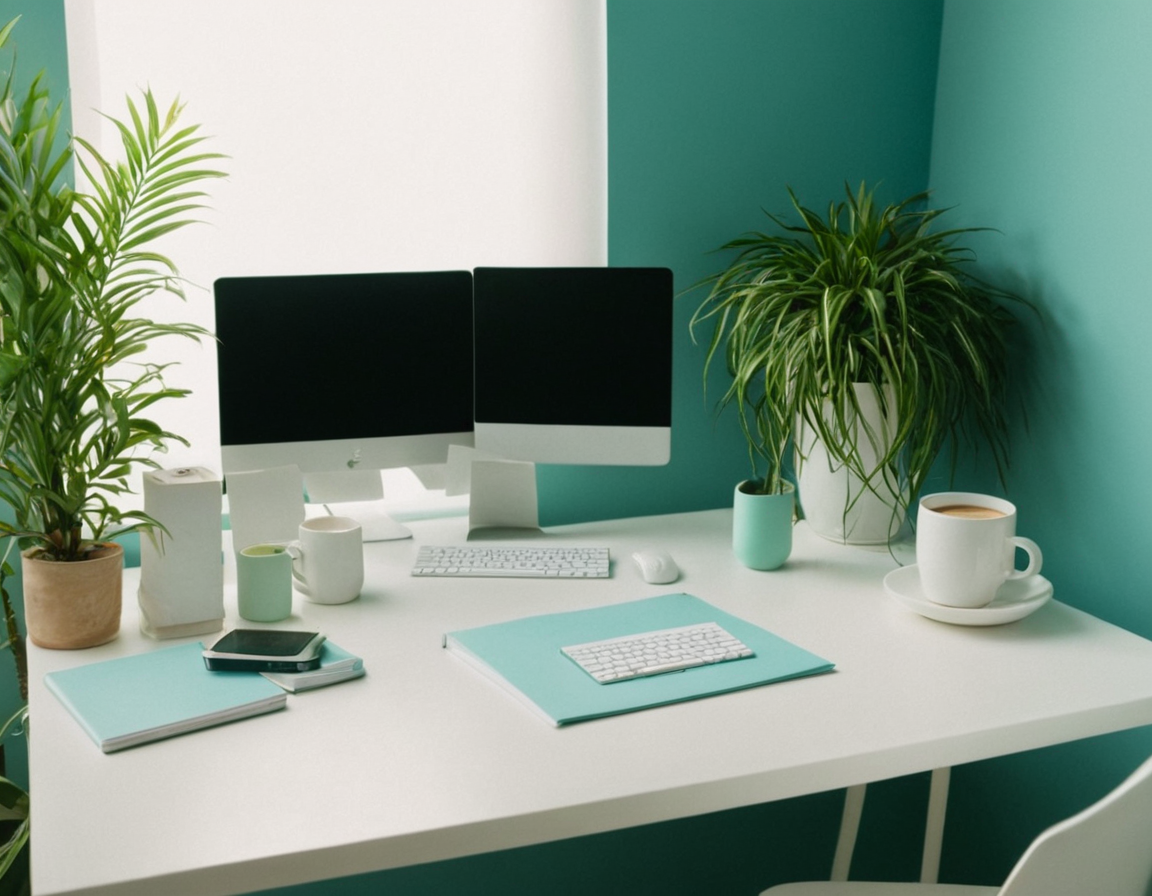Ethical AI Images Tips

The Ethics of AI-Generated Images: Balancing Creativity with Ownership and Respect
Introduction
The advent of artificial intelligence (AI) has revolutionized the creative industries, enabling unprecedented levels of automation and innovation. One of the most significant implications of this technology is the generation of images using AI algorithms. While these tools have the potential to transform various fields, including art, design, and advertising, they also raise complex ethical concerns. In this blog post, we will delve into the intricacies of AI-generated images, exploring the tensions between creativity, ownership, and respect.
The Rise of AI-Generated Images
AI-generated images are a product of deep learning algorithms that can produce photorealistic and even artistic content. These tools have been used in various applications, including but not limited to:
- Artistic expression: AI-generated images have been used by artists to create new and innovative works, pushing the boundaries of traditional mediums.
- Design and architecture: AI-powered design tools have been employed to generate architectural models, product designs, and other visual content.
- Advertising and marketing: AI-generated images are being used in advertising campaigns to create engaging and persuasive content.
The Ethics of AI-Generated Images
Ownership and Authorship
One of the primary concerns surrounding AI-generated images is the issue of ownership and authorship. Who owns the rights to an image generated by an AI algorithm? Is it the person who created the algorithm, the person who input the parameters, or someone else entirely?
In most jurisdictions, the law is still unclear on this matter, leaving a gray area that can be exploited by individuals and organizations seeking to profit from AI-generated content.
Respect for Human Creativity
Another concern is the potential disrespect towards human creativity. AI-generated images can be seen as a form of intellectual property theft, where an algorithm is used to generate content without permission or credit. This can lead to a devaluation of human creativity and artistic expression.
Bias and Discrimination
AI algorithms are only as good as the data they are trained on. If this data contains biases and discriminatory elements, then the generated images will also reflect these biases. This raises serious concerns about the potential use of AI-generated images in advertising and other industries where manipulation is a concern.
Practical Examples
Case Study: AI-Generated Art
In 2021, an AI algorithm was used to create a painting that sold for $600,000 at auction. The artist behind the piece claimed ownership, but many questioned the legitimacy of the sale due to the use of AI in creating the work.
Advertising and Marketing
AI-generated images are being used in advertising campaigns to create engaging and persuasive content. However, this raises concerns about the potential manipulation of consumers and the exploitation of AI for financial gain.
Conclusion
The generation of images using AI algorithms raises complex ethical concerns that need to be addressed. While these tools have the potential to transform various fields, they also pose significant risks to ownership, respect, and creativity. As we move forward, it is essential that we develop guidelines and regulations that balance the benefits of innovation with the need to protect human rights and dignity.
Call to Action
As we navigate the complexities of AI-generated images, let us consider the following question: What are the implications of AI-generated content on our understanding of creativity, ownership, and respect? How can we ensure that these technologies are used responsibly and for the greater good?
About Carmen Johnson
Carmen Johnson | AI & photography expert helping creatives master powerful image tools from editing to generation at gophotos.com. 5+ years of experience in visual storytelling and photo editing.
